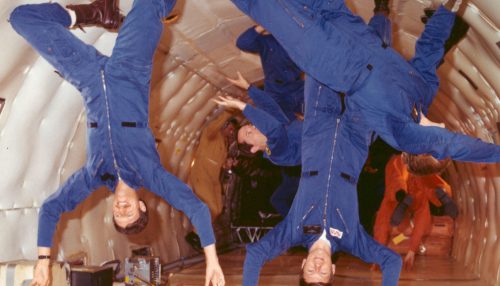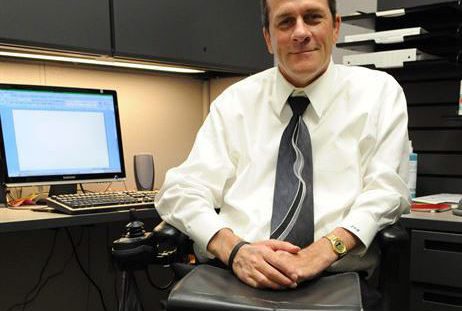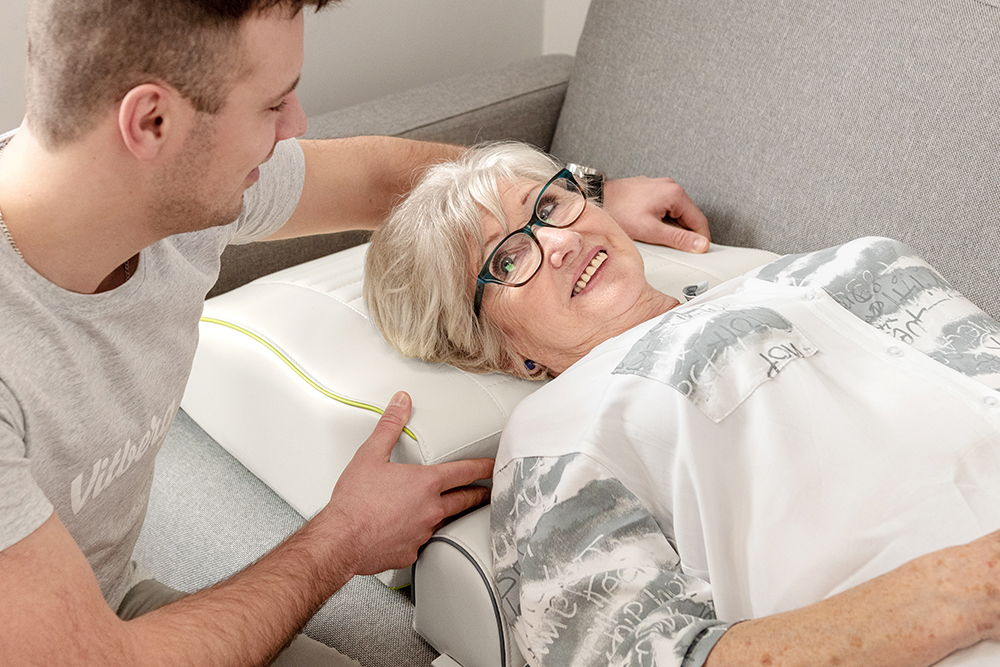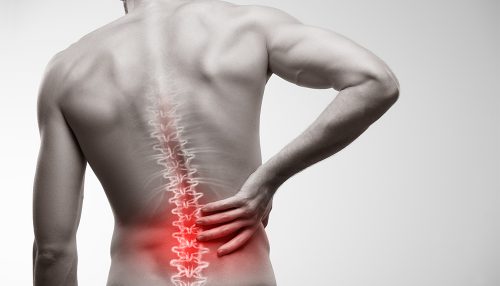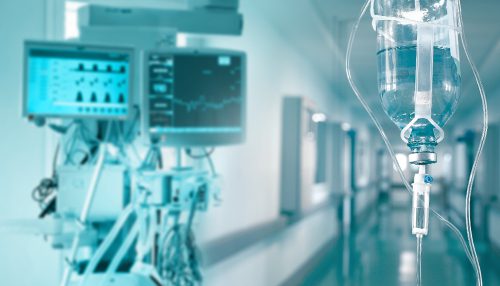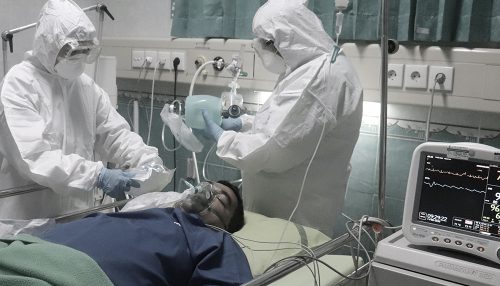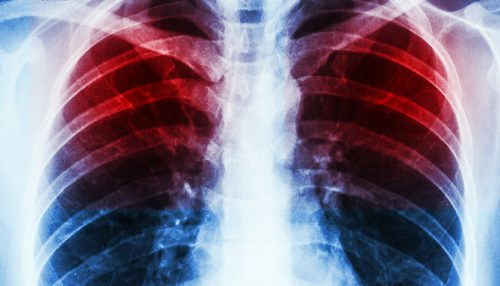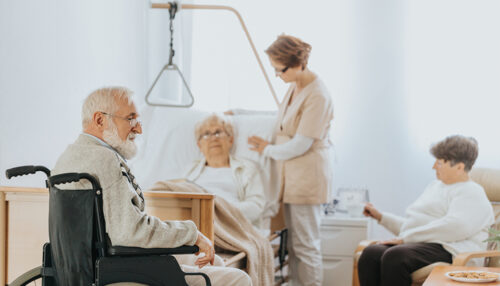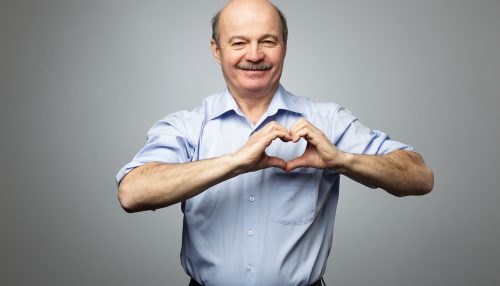
Nowadays there is still a great need to improve non-invasive techniques to restore proper circulation after a heart attack. Low frequency vibrations have previously been observed to help clear blood clots in catheter systems and also to stimulate the coronary circulation if delivered to the heart in the diastolic phase. In a presented article, scientists […]

